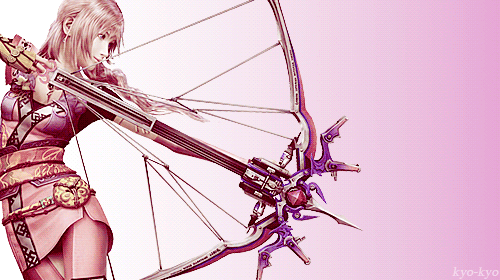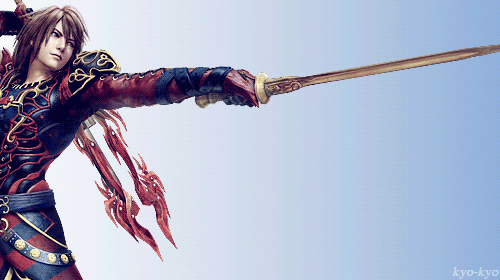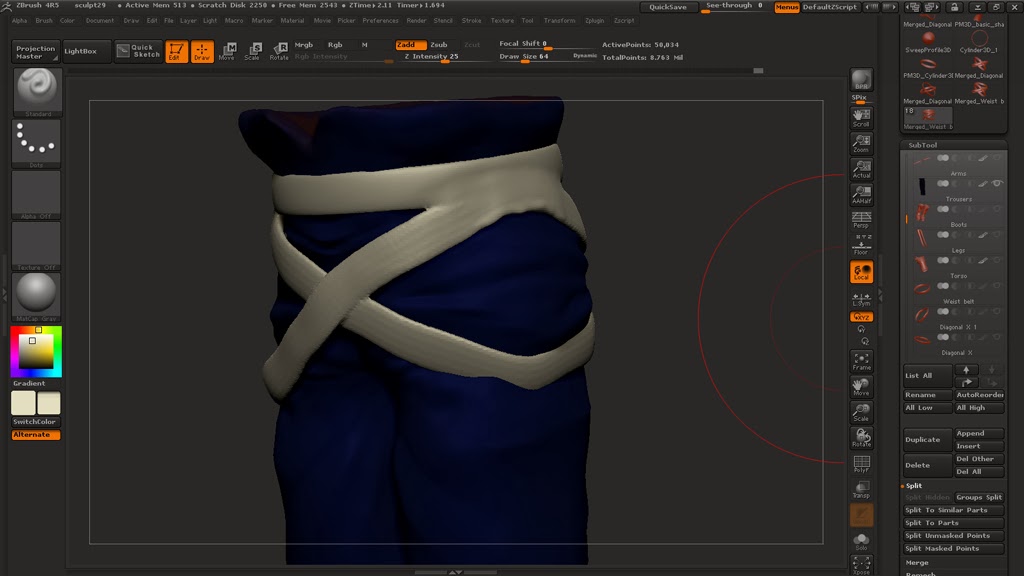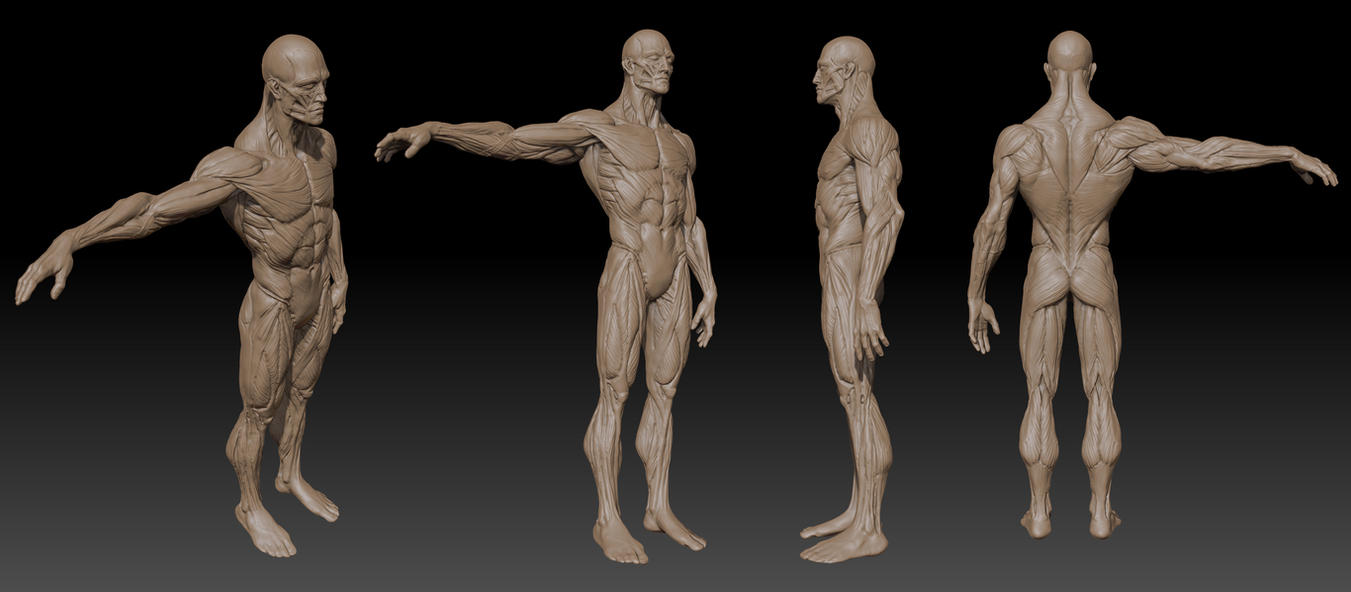So the original plan was: make a character, rig, animate and export to a game engine...well that's not happening.
Main reason for this is because I completely underestimated the complexity of a software like Zbrush. I'm certainly comfortable to say that I can use it, but this is after a good load of over 35 hours of only tutorials, yet I still feel like there's a lot more to learn. This plus the time it took me to feel familiar with the interface didn't help much.
Shenanigans happening in my personal life like new job and change of housing didn't actually help either, but I will definitely put the slow process down to my slow learning curve.
End line with Zbrush: I love it! I definitely will incorporate it to my workflow from now on. Its quite a fun tool and it still has that artistic feeling to it.
The down side at the moment is the fact that the retopology wasn't brilliant, down to the lack of time and I don't even want to talk about the textures as the rushing has made me feel shame on how poor they are.
My main rant would be against Unity3D, mainly because I made some basic textures to test them out and surprise! it's not that easy. It turns out that is more complicated to get a shader that fit a basic standard for a game character (having a diffuse, specular and normal map working).
The options I found online required quite a lot of coding, which I know nothing... that or buying pre made shaders.... and I'm poor. It's not down to anyone's blame; the engine can do it, just the user doesnt know how, yet the user (me) has no time to start learning coding at all.
This is when I remember that I downloaded UDK engine not long ago. I open it once, got scared with the interface and never touched it again, but thanks to youtube and some useful tutorials, I managed to start importing stuff and working my way around. At this point it might end up with crappy looking textures still, but at least I know that I'm trying something that makes everything look 10x better instantly (in my opinion). I'm yet to figure out how to do transparency to make the hair and eyes to look decent but this is a screen shot after 10 mins of trying UDK:
I'm in love with this engine! I know it will require tons more coding that Unity, but if at some point I'm going to have to learn some, I might as well do it on this one. Mind the textures as they clearly need a lot of working, but also, due to time constrains, the end result might not be much different.
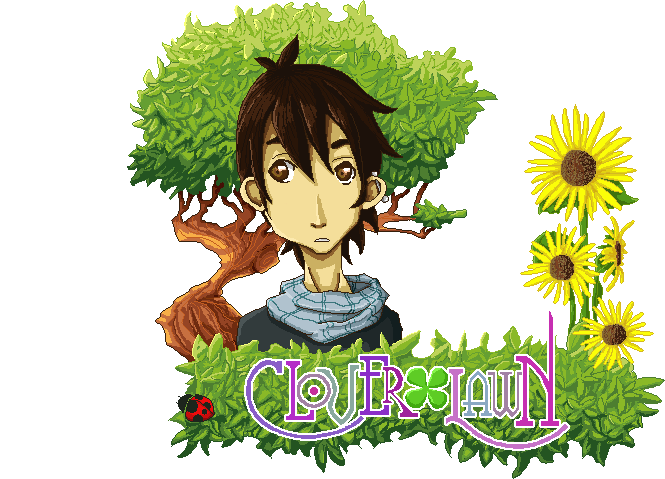
.jpg)






